How squalene cyclizes to form tetracyclic and pentacyclic triterpenes has now been addressed computationally offering clues to nature's chemistry
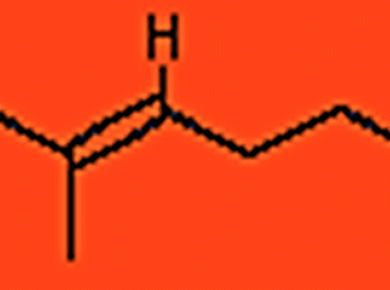

How squalene cyclizes to form tetracyclic and pentacyclic triterpenes has now been addressed computationally offering clues to nature's chemistry
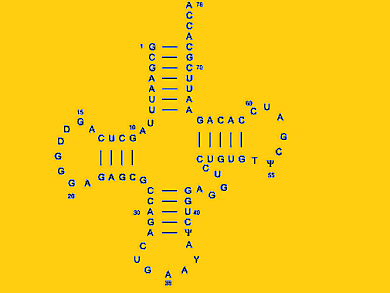
Tiny strands of genetic material known as microRNAs could act together with natural hormones to reduce the risk of premature births

Metallic particles present in a firework, which are released in its smoke when it explodes, could pose a health risk, particularly to asthmatics

Chemicals hidden in clothes detected with near-IR spectroscopy by British chemists; might improve security screening

Graphene-based supercapacitor vies with NiMH batteries on energy density but can be charged or discharged in s or min

Heating ascorbic acid (vitamin C) and L-cysteine in solution at different pH results in formation of a complex mixture of aroma volatiles
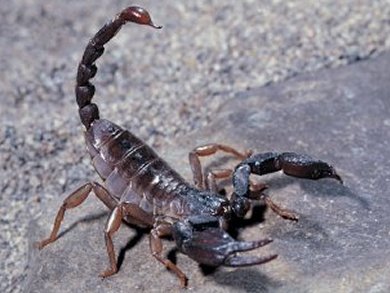
Compound in scorpion venom is found to suppress vascular smooth muscle cell migration and could help heart surgery
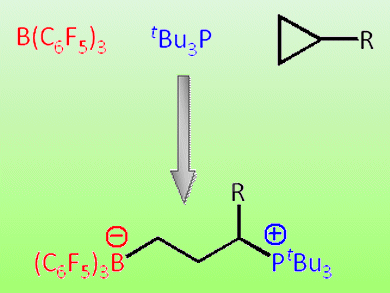
Frustration can lead to ring-opening reaction yielding phosphonium borate products with potential as metal-free catalysts
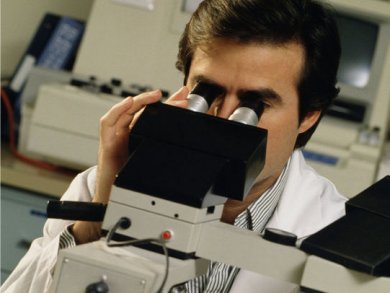
Microscopy could beat NMR and crystallography for powerful 3D structure determinations of complex organic molecules
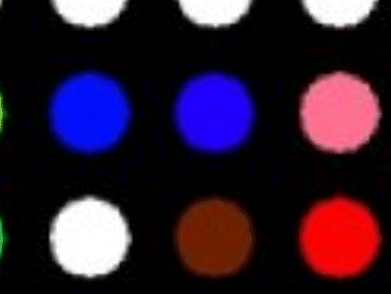
A new lab-on-a-chip sensor array – little bigger than a business card can – detect toxic industrial chemicals at low cost and low concentrations